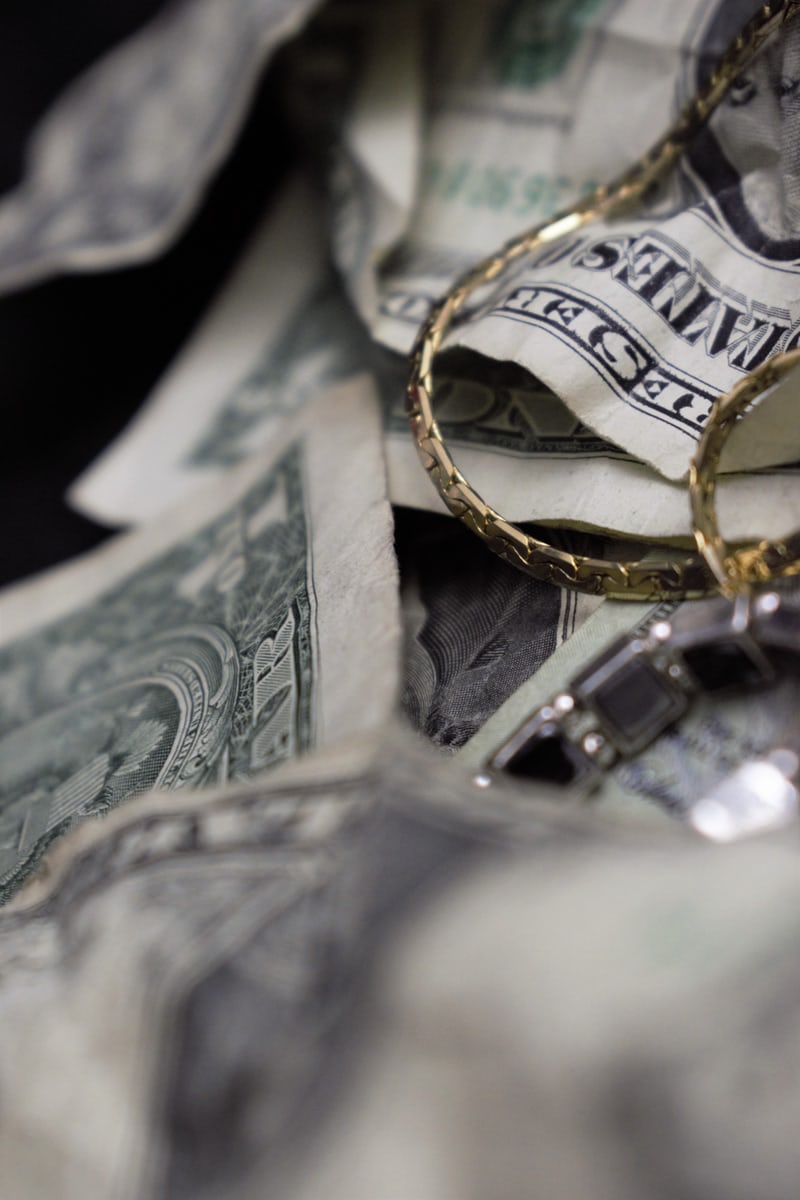Football games on Saturday nights, late-night basketball games and tournament
championships are common college athletic traditions. While sporting events at Asbury are not
accompanied by copious amounts of alcohol or frat parties beforehand, they still bring the
community together through events like “Pack the Luce” (with free Chick-Fil-A), conference
games and homecoming.
Recent legislation in California has sparked a serious conversation about paying college
athletes. “The NCAA Board of Governors voted unanimously Tuesday [Oct. 29, 2019] to permit
college athletes to benefit from the use of their name, image and likeness in a manner consistent
with the collegiate model,” as stated in an LA Times article.
Student-athletes carry a heavy load and oftentimes they struggle to find time to attend
practice and classes, do homework and maintain friendships, let alone work a job. The idea of
paying college athletes stems in response to this struggle. By paying college athletes for their
preexisting time commitments to practices and individual workouts, as well as giving them rights
to their name and image, financial struggles could be alleviated for these students who contribute
more than their fair share to campus life and the university’s image.
Paying college athletes has real benefits. According to an article on Vittana.org, “Paying
[college]
athletes would allow them to focus on academics and athletics without worrying about
making ends meet.” The same article also notes that “if athletes could be paid while they are
attending a college program, then they would be more likely to stick with the program to
eventually earn their degree.”
While the above are certainly benefits of paying college athletes, there are also significant
drawbacks. Because of the vast array of different college types and conferences, there is the
possibility of economic disparity between athletes at different schools, even within the same
conference. If college athletes were paid based off a “work-study” system, it is likely they would
receive more money than other students doing other jobs in the same program. Furthermore, the
same Vittana.org article argues that paying college athletes would “eliminate the separation
between amateurism and professionalism in sports,” undermining the integrity and standards of
each classification.
Almost 33% of Asbury’s student population is made up of student-athletes. As such a
large portion of our community and our campus life, the national conversation surrounding
collegiate athletics involves even our small, suburban campus (even though Asbury is in the
NAIA, a different governing body than the NCAA). Will Menser, a junior Media
Communications major and announcer with the basketball team, argues for a mixed approach,
noting there is not “a feasible way to pay every single athlete at every college in America.
However, I think they should be able to profit off of their name and likeness.”
Although not a perfect solution, this compromise recognizes individual talent without
undermining the purpose or atmosphere of college. Allowing athletes to benefit from their name
and likeness, without being paid a salary, brings money to the individual and encourages the fan
base, which in turn benefits the university’s athletic program. Ultimately, it is important to
remember to not commodify college athletes and treat them as humans first, students second and
athletes third.


